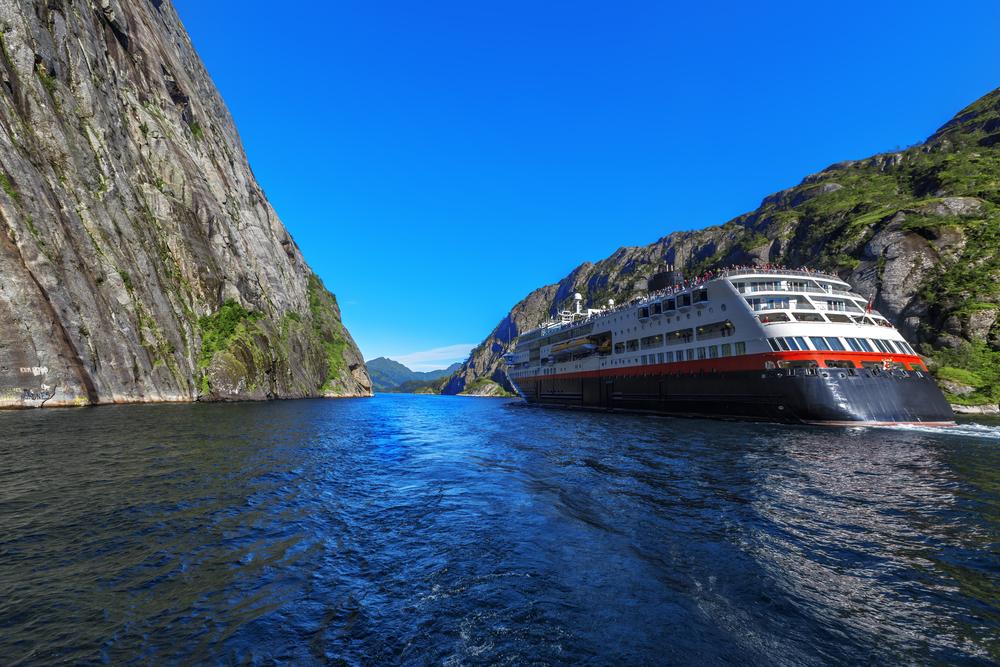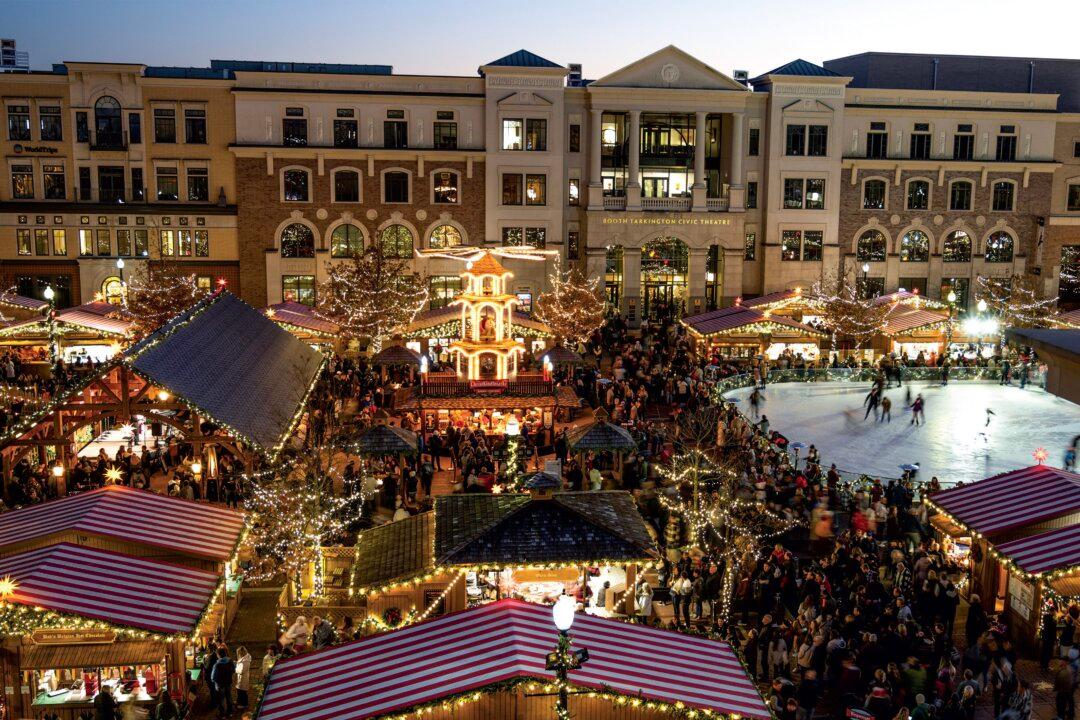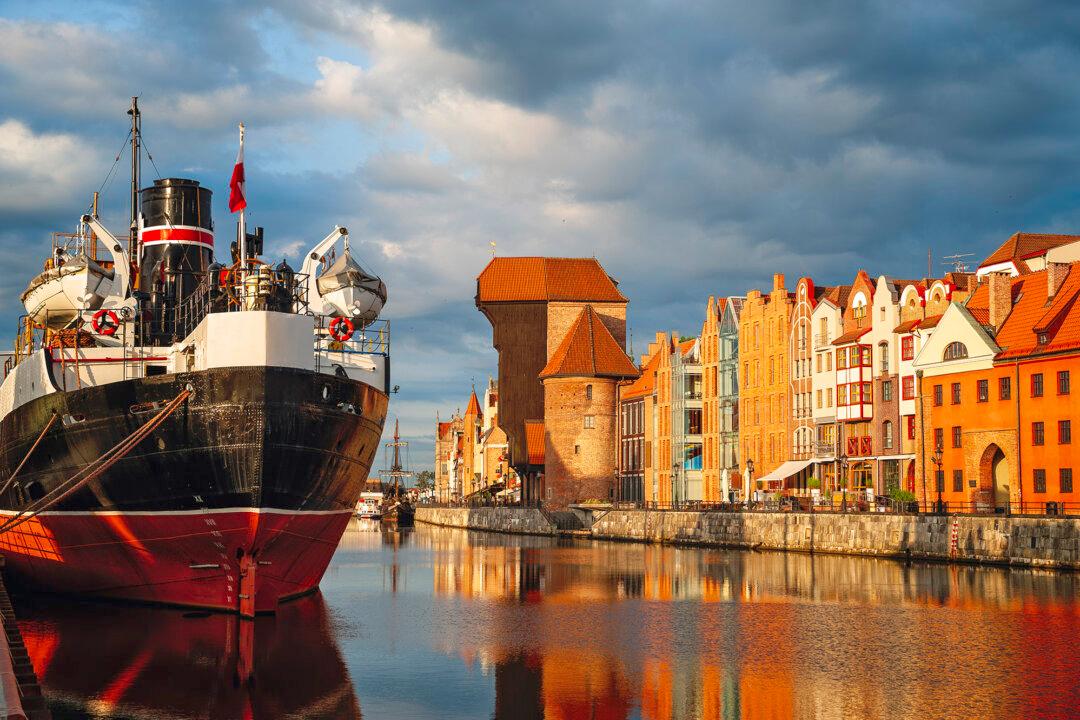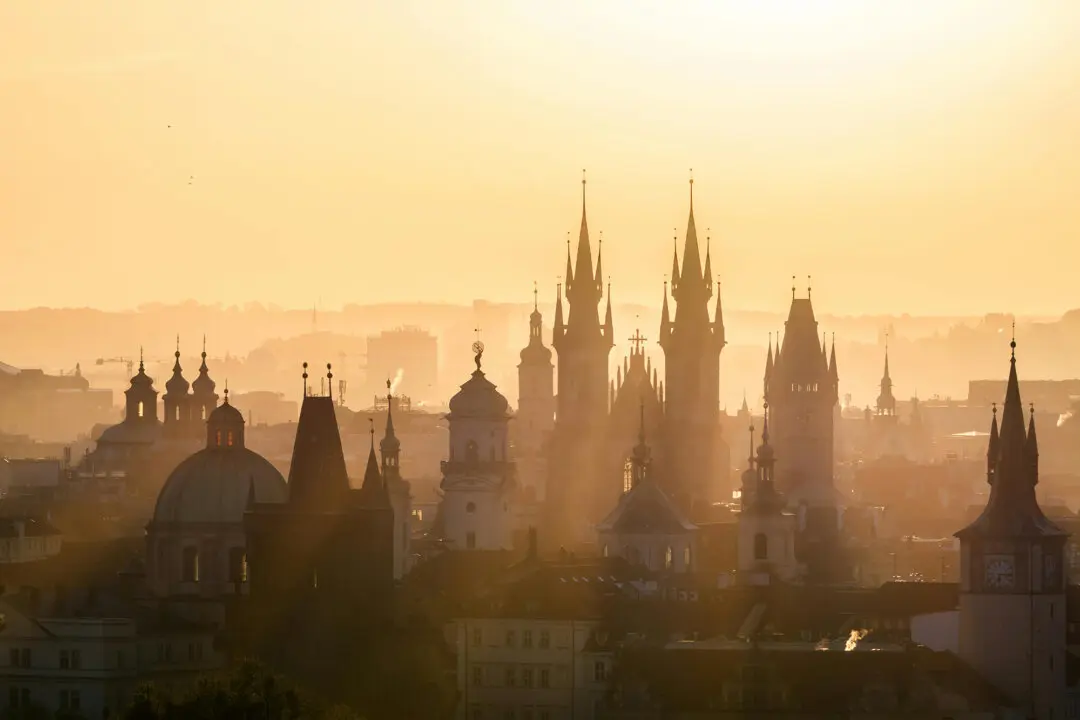While it’s literally an everyday occurrence, the departure felt momentous, like a shipload of explorers launching north, searching for unknown worlds—with terra incognita, guaranteed. Having spent a few days knocking around the seaside city of Bergen, riding its funicular up a verdant mountainside believed to be inhabited by trolls, and browsing at the storybook waterfront shops built centuries ago by the Hanseatic League, I was eager to get my sea legs. Rolling out of the harbor, we were bound for the frozen expanses of the Arctic, with plenty to do along this country’s famous express route.
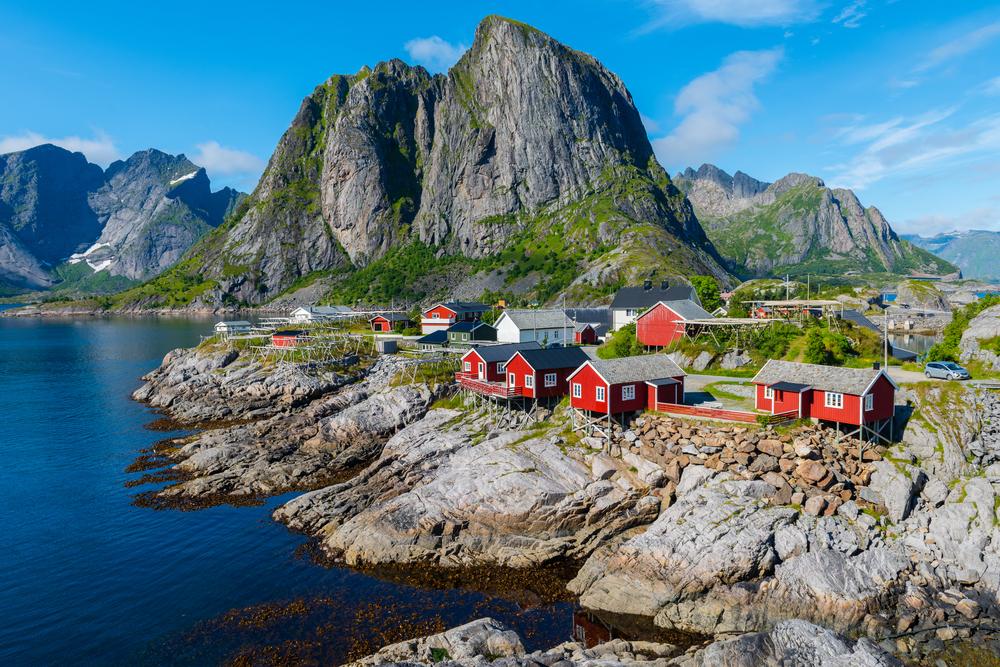
The Lofoten archipelago is known for its dramatic peaks. R7 Photo/Shutterstock

